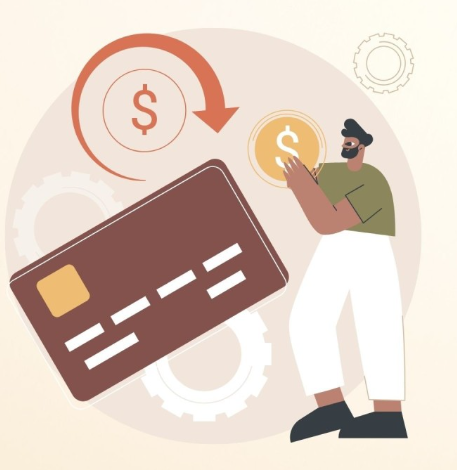How to Protect Your Business from Fraudulent Credit Card Chargebacks

Fraud is a significant concern for small businesses, and one of the most common fraud-related challenges is dealing with credit card chargebacks. Understanding chargebacks, their potential impact, and how to minimize their occurrence is essential for protecting your business and its finances.
What is a Chargeback?
A chargeback occurs when a customer disputes a transaction, leading their bank or credit card provider to reverse the payment and return the funds to the customer. This is different from a standard refund request directly to the business, as businesses don’t have the opportunity to resolve the issue with the customer. Instead, the funds are automatically withdrawn from the business account. In addition, businesses often incur fees as part of the chargeback process.
While chargebacks are typically used to address unauthorized transactions or payment mistakes, fraudulent claims are increasingly common. Some fraudulent chargeback reasons include:
- The customer claims they never received the product.
- The customer denies authorizing the transaction.
- The product was supposedly not as described.
- The card was allegedly stolen.
How Fraudulent Chargebacks Affect Your Business
Fraudulent chargebacks can severely impact your business in various ways, such as:
- Loss of revenue and the goods or services provided.
- Financial penalties from payment providers for chargeback claims.
- Time spent disputing false chargebacks.
- Damage to your reputation with payment providers, leading to higher fees or even the termination of services.
How to Protect Your Business
There are several strategies you can implement to protect your business from fraudulent chargebacks:
1. Clear Policies
Ensure that your payment, return, and refund policies are easy to understand and clearly stated on your website and invoices. By setting proper expectations, customers will be more likely to follow your guidelines for disputes and returns.
2. Keep Detailed Records
Maintain thorough records of all transactions, including receipts, invoices, delivery confirmations, and any communication with customers. These records can serve as crucial evidence if a chargeback occurs. You can also confirm delivery or service through the following methods:
- Tracking shipments: Use tracked and signed-for delivery services for high-value items.
- Delivery confirmation emails: Send customers emails with tracking numbers and delivery updates.
- Signed receipts: Collect signed receipts or acknowledgments for goods delivered or services rendered.
3. Payment Verification Processes
Implement payment verification methods to reduce the risk of fraudulent transactions. Some techniques include:
- Address Verification System (AVS): Verifies the customer’s billing address against the one on file with their card provider.
- 3D Secure (3DS): Adds an extra layer of identity verification by requiring the customer to authenticate with their card issuer during online payment.
- Card Verification Value (CVV): Requires customers to input the three-digit CVV code from the back of their card during transactions.
Discuss these options with your payment processor to determine which solutions are available to you.
4. Respond Quickly to Disputes
When a chargeback is filed, respond promptly and professionally. Provide necessary documentation, such as proof of delivery, customer communications, and any other supporting evidence that the transaction was legitimate.
5. Use Fraud Prevention Tools
Most payment gateways offer fraud detection tools that assess transaction risk in real time. These tools can help identify suspicious transactions before they’re processed. Additionally, consider setting transaction limits for certain products or flagging high-risk orders for manual review.
6. Monitor Transaction Patterns
Stay alert for unusual transaction patterns that could signal fraudulent activity. Watch for:
- Multiple large transactions in a short time frame from a single account.
- Frequent return requests from the same customers.
- Large orders from new customers.
- Mismatched information, like conflicting delivery addresses.
7. Establish a Chargeback Management Process
Develop a clear, structured process for handling chargebacks. Assign responsibility to a team member, set up procedures for collecting evidence, and establish a plan for dealing with chargeback disputes.
Can You Reverse a Chargeback?
Yes, it is possible to reverse a chargeback, but the process can be time-consuming and requires strong evidence. Payment processors tend to favor the cardholder in these cases, so it is crucial to provide solid proof that the transaction was valid and the goods or services were provided as promised. Work with your payment processor to dispute the chargeback and follow the correct procedures to have a chance of reversing it.
Final Thoughts
Fraudulent chargebacks are a persistent threat to small businesses, but with proactive strategies, you can reduce the likelihood of falling victim to them. By establishing clear policies, maintaining good records, using payment verification technologies, and responding swiftly to disputes, you can minimize the financial and reputational risks posed by chargebacks.




